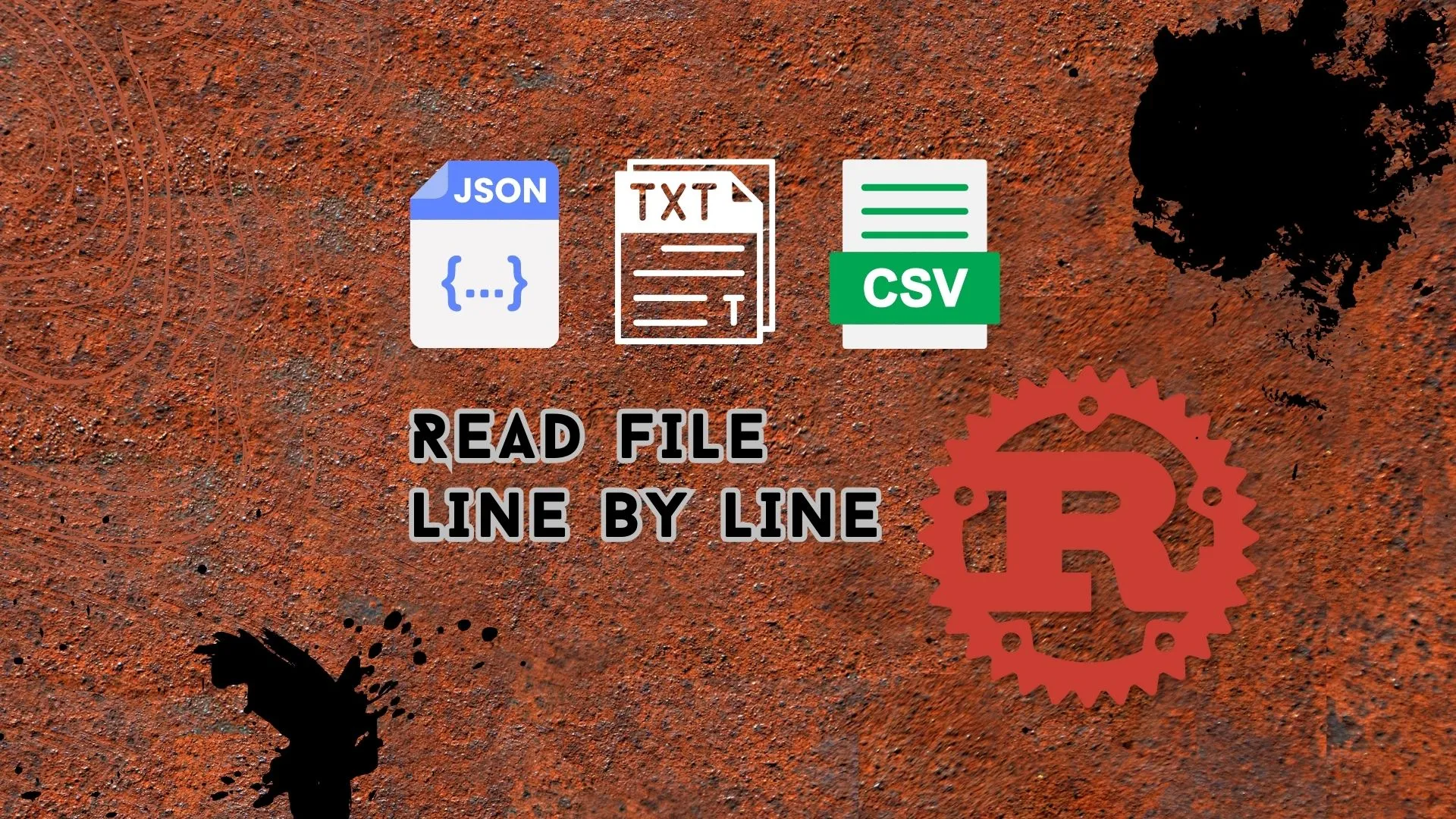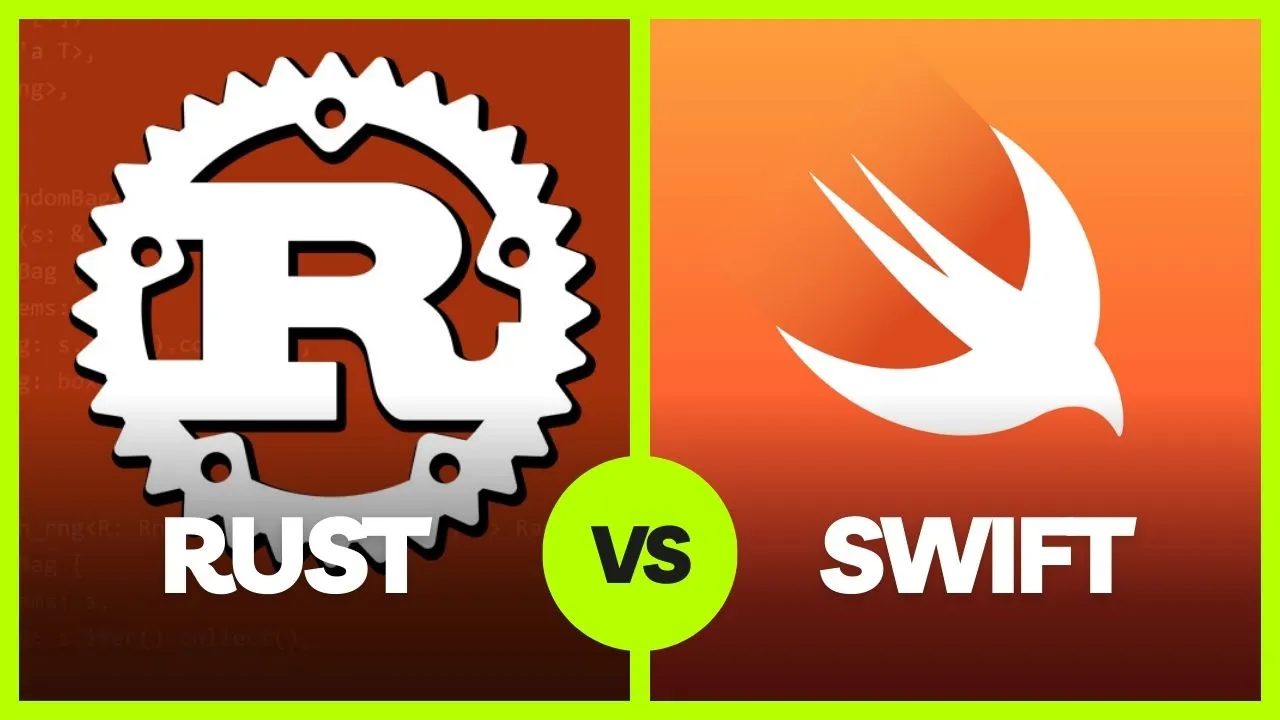
The Rust programming language is a modern language that has garnered a lot of attention in recent years due to its memory safety and performance features. It was developed by Mozilla and was first released in 2010. Rust has gained a reputation for being a systems programming language that offers fine-grained control over system resources such as memory and CPU. Despite these features, Rust has not yet achieved widespread adoption compared to other programming languages like Java, Python, and JavaScript.
In this blog post, we will delve into some of the reasons why Rust has not been widely adopted.
1. Complexity
One of the reasons why Rust is not widely adopted is its complexity. Rust is a low-level language that is designed for systems programming. While it offers fine-grained control over system resources, this level of control comes with a steep learning curve. Rust’s syntax can be challenging for beginners to understand, and the ownership and borrowing system, which ensures memory safety, is unique and can be difficult to learn.
The ownership and borrowing system in Rust can be particularly challenging because it requires developers to understand how ownership and borrowing work. The system ensures that memory is managed in a safe and efficient way, but it can be complicated to use. The system is designed to prevent memory leaks and null pointer errors, which are common in other languages.
2. Lack of Ecosystem
Another reason why Rust is not widely adopted is the lack of ecosystem. While Rust has a growing community and several active open-source projects, it still lacks a mature ecosystem compared to other programming languages. For instance, Rust’s package manager, Cargo, is relatively new compared to other package managers like Maven and pip, which have been in use for several years. As a result, finding and installing third-party packages in Rust can be challenging, especially for new developers.
Rust’s ecosystem also lacks mature and well-supported tools and libraries. For instance, Rust lacks a full-featured integrated development environment (IDE) compared to other programming languages. While Rust has some IDE plugins, they are not as comprehensive as those available for other languages. Furthermore, Rust’s support for certain libraries and frameworks is limited. For instance, Rust lacks native support for graphical user interface (GUI) development, which can make developing desktop applications more challenging.
3. Limited Tools and Libraries
Rust’s ecosystem is not just limited to package managers. It also lacks mature and well-supported tools and libraries, which can make development more difficult. For instance, Rust lacks a full-featured integrated development environment (IDE) compared to other programming languages. While Rust has some IDE plugins, they are not as comprehensive as those available for other languages.
Furthermore, Rust’s support for certain libraries and frameworks is limited. For instance, Rust lacks native support for graphical user interface (GUI) development, which can make developing desktop applications more challenging.
4. Lack of Compatibility
Another reason why Rust is not widely adopted is its lack of compatibility with some programming paradigms and patterns. Rust’s memory safety features come at a cost – they are incompatible with some programming paradigms and patterns. For instance, Rust’s ownership and borrowing system make it challenging to implement garbage collection, which is a common feature in many programming languages.
Furthermore, Rust’s emphasis on low-level control over system resources can make it challenging to develop high-level abstractions, such as those found in object-oriented programming (OOP). This can make Rust a poor choice for some use cases, such as web development.
5. Limited Community Support
Finally, Rust’s slow adoption can also be attributed to its limited community support. Rust’s community is growing, but it is still relatively small compared to other programming languages. This means that there are fewer resources available for developers to learn and troubleshoot issues. Furthermore, Rust’s documentation is not as extensive as that of other programming languages, which can make it challenging for new developers to learn the language.
Rust’s community is also known for being more technical and less welcoming to new developers compared to other programming language communities. This can create a barrier to entry for new developers who may be discouraged by the lack of support and resources available.
Read File Line by Line In Rust
Learn how to read files line by line in Rust with code examples and explanations for beginners. Improve your file…
10 Best Rust Programming Books
Learn Rust programming with the 10 best books for beginners & experts. Discover the top resources for mastering syntax, performance,…
Choosing Between Rust and Swift: The Ultimate Guide for Developers
In this article, we explore the differences between Rust and Swift, two popular modern programming languages, to help you make…
Final Word
Rust is a powerful and innovative programming language that offers many benefits, including memory safety, performance, and fine-grained control over system resources. However, its complexity, lack of ecosystem, limited tools and libraries, lack of compatibility with some programming paradigms, and limited community support have contributed to its slow adoption. Despite these challenges, Rust’s community is growing, and efforts are being made to address some of these issues. As Rust continues to evolve and mature, it is possible that it may become more widely adopted in the future.









Rust is a lot of grift and media hype. It compiles too slow, the syntax is mind numbing and ugly, the language is hard to grok, etc… So it has little to no advantage, other memory safety and maybe a little faster. You can use a garbage collector with a compiled language, to get most of the memory safety. In just about every case, minus some 1% to 3% exceptions, the difference in speed are inconsequential or negligible.